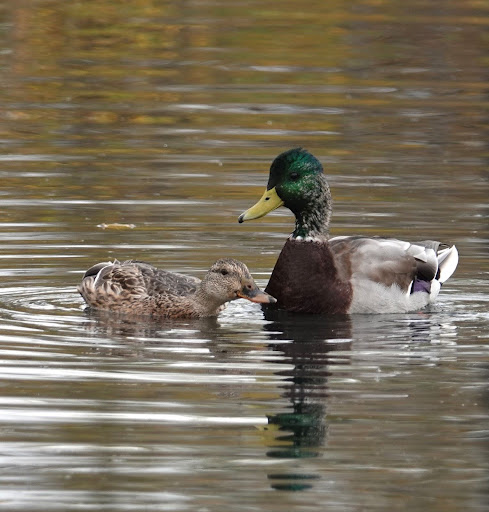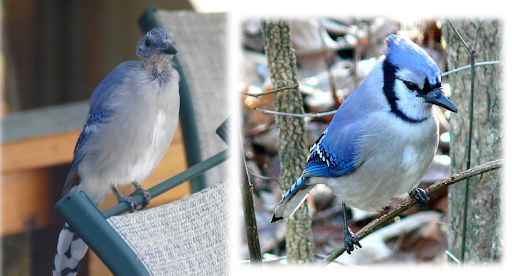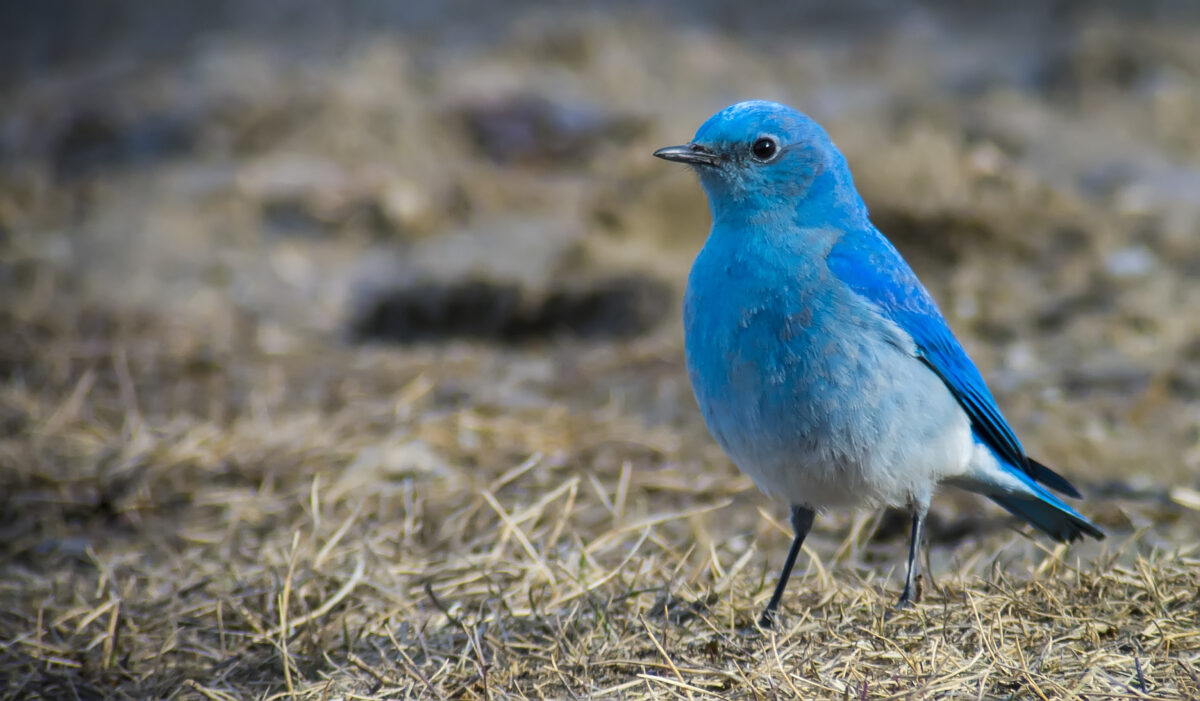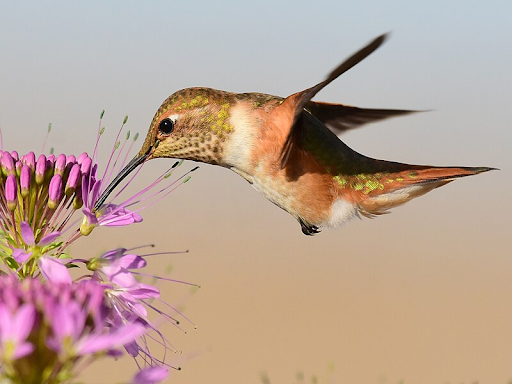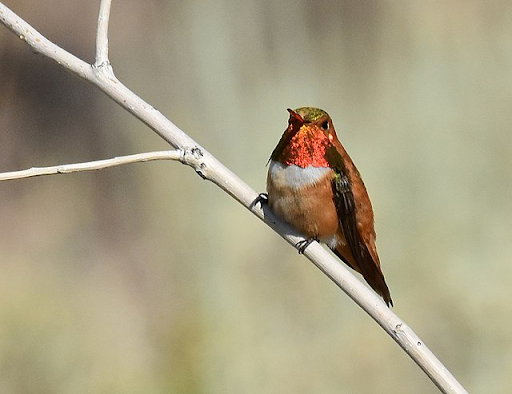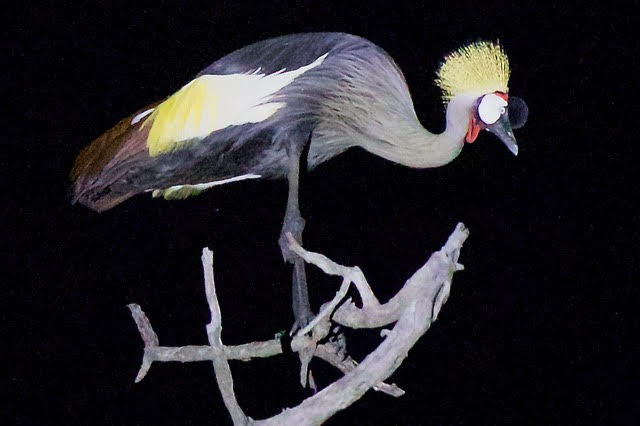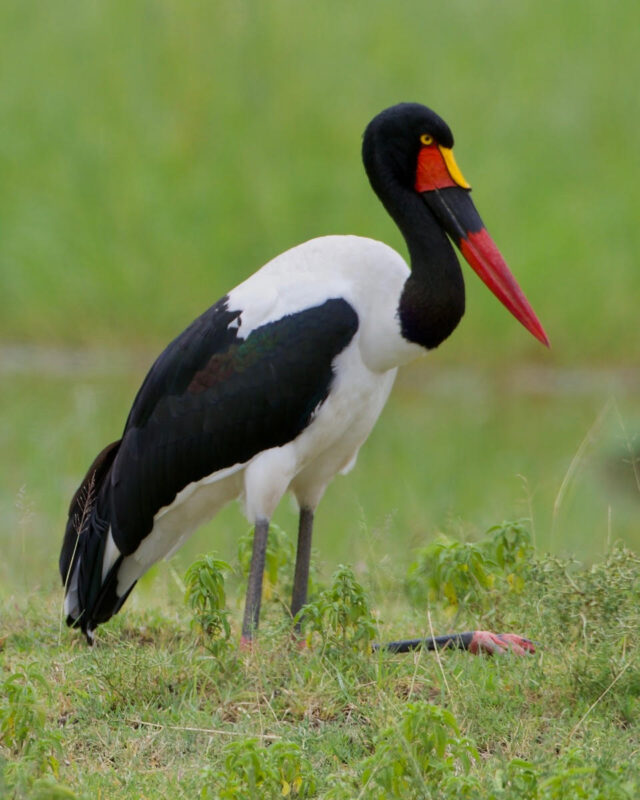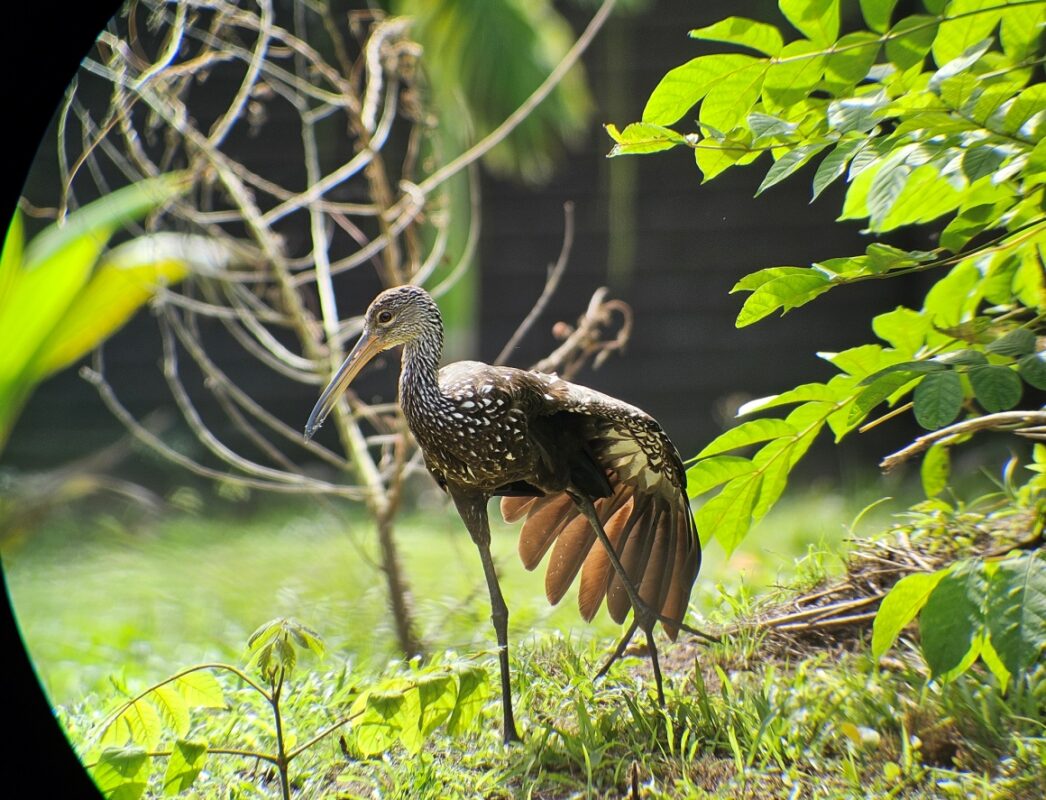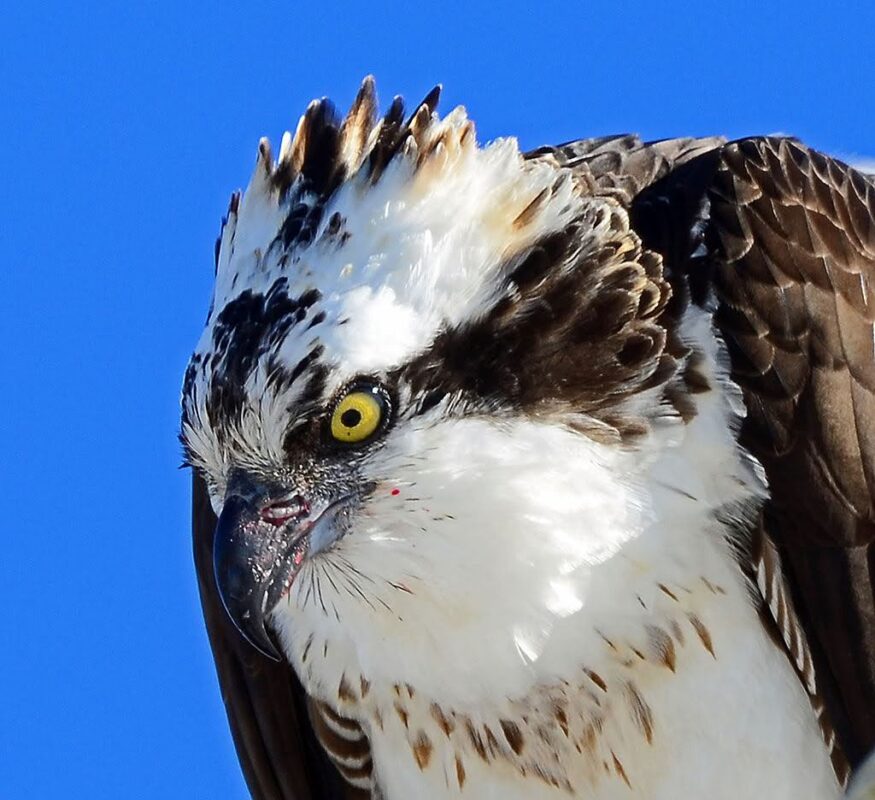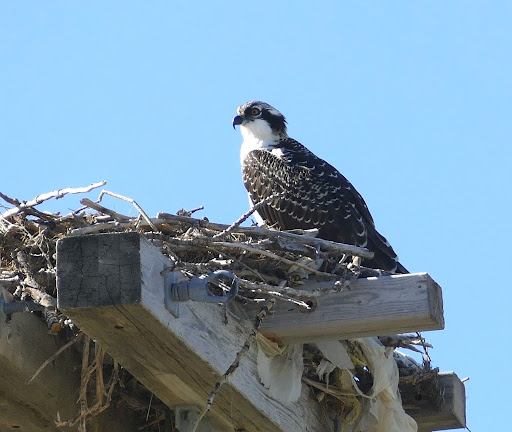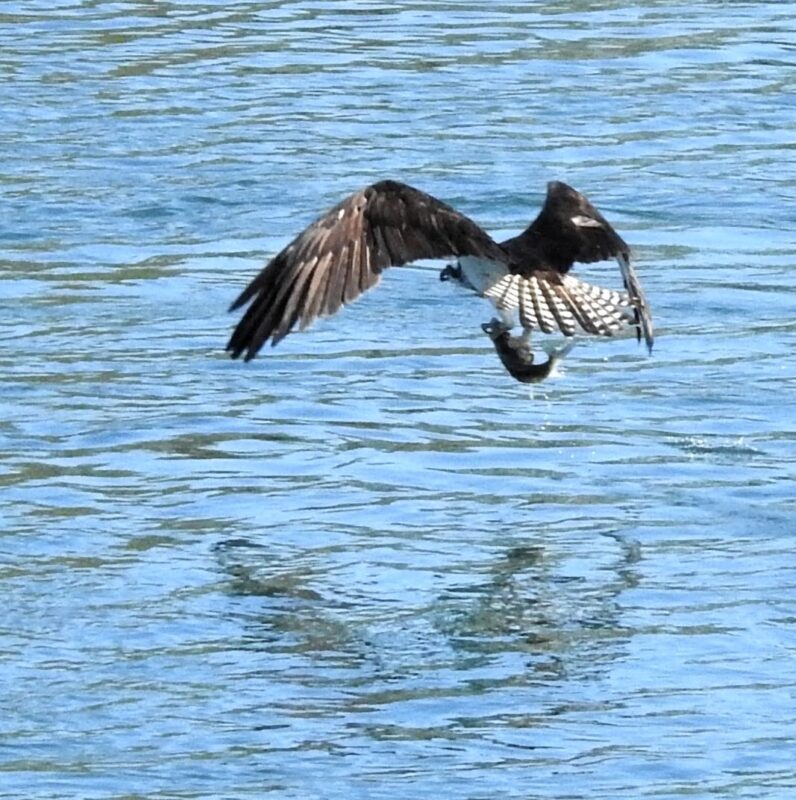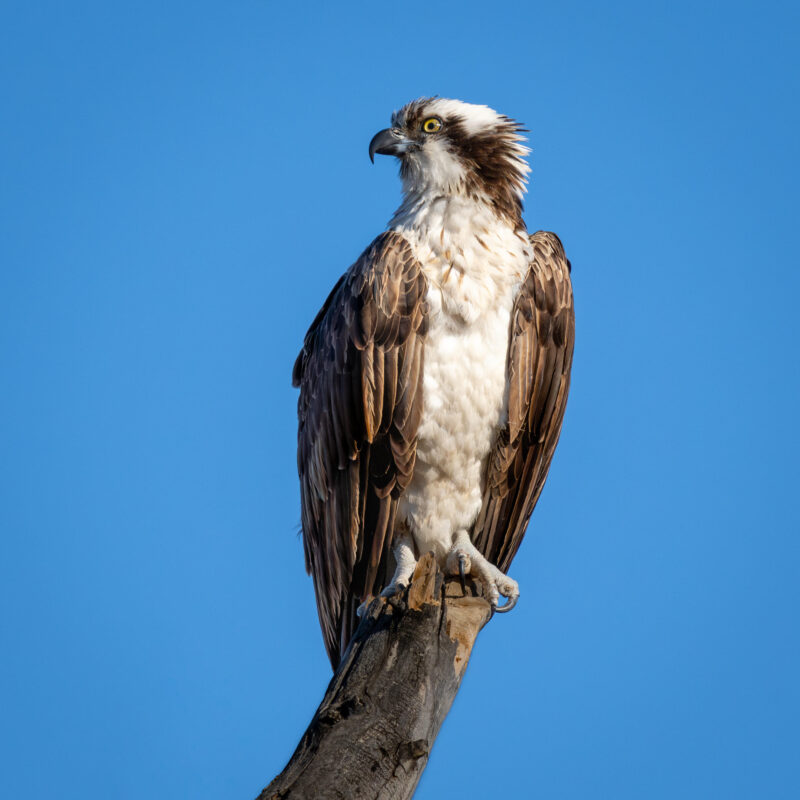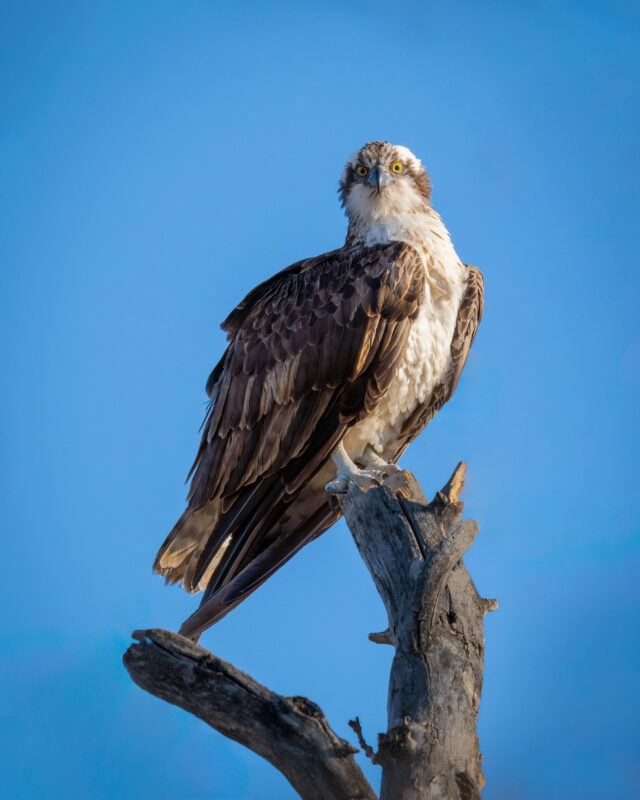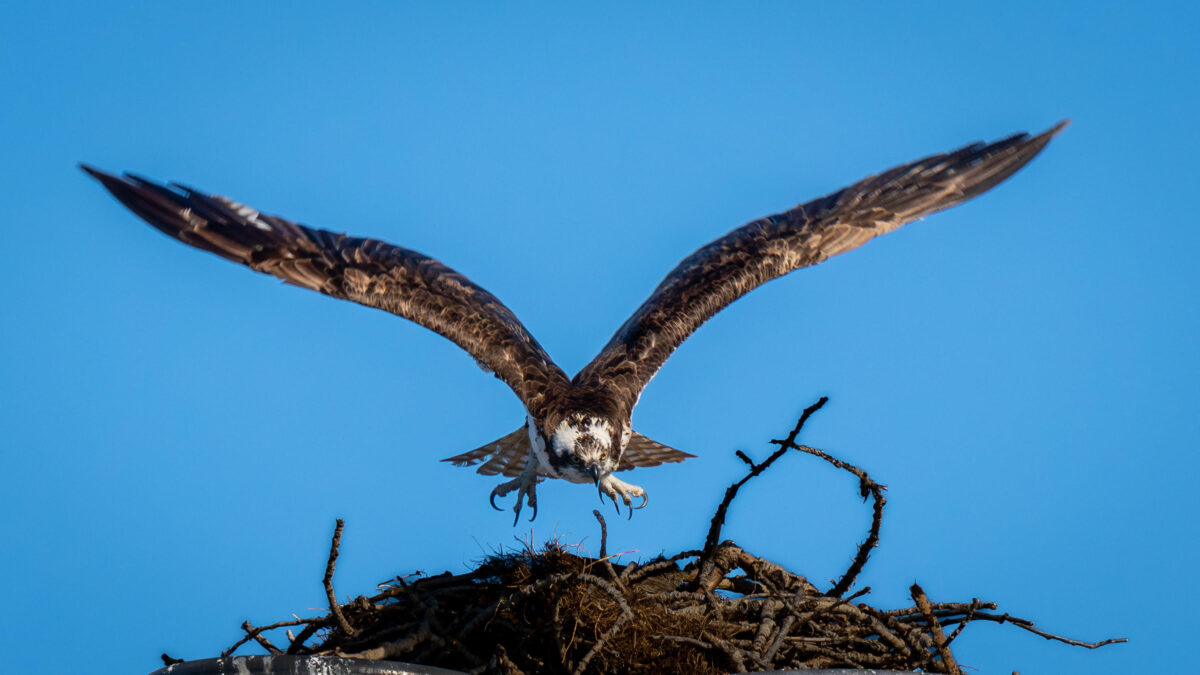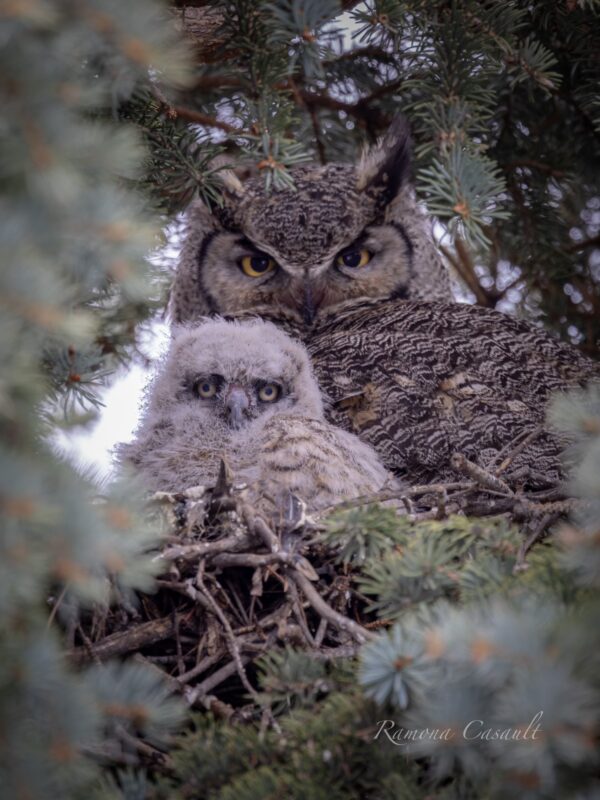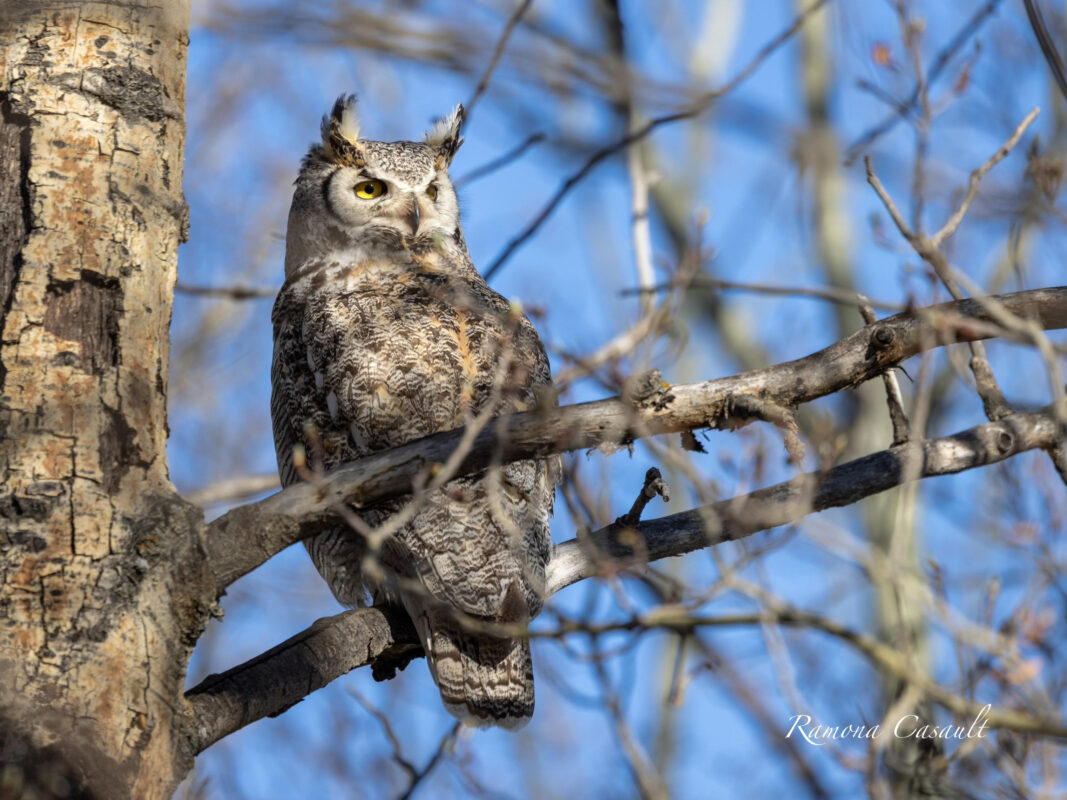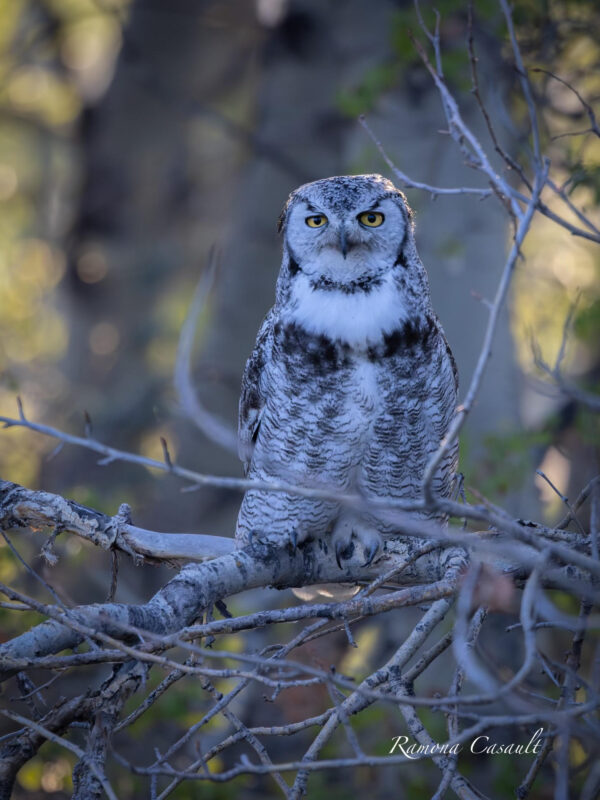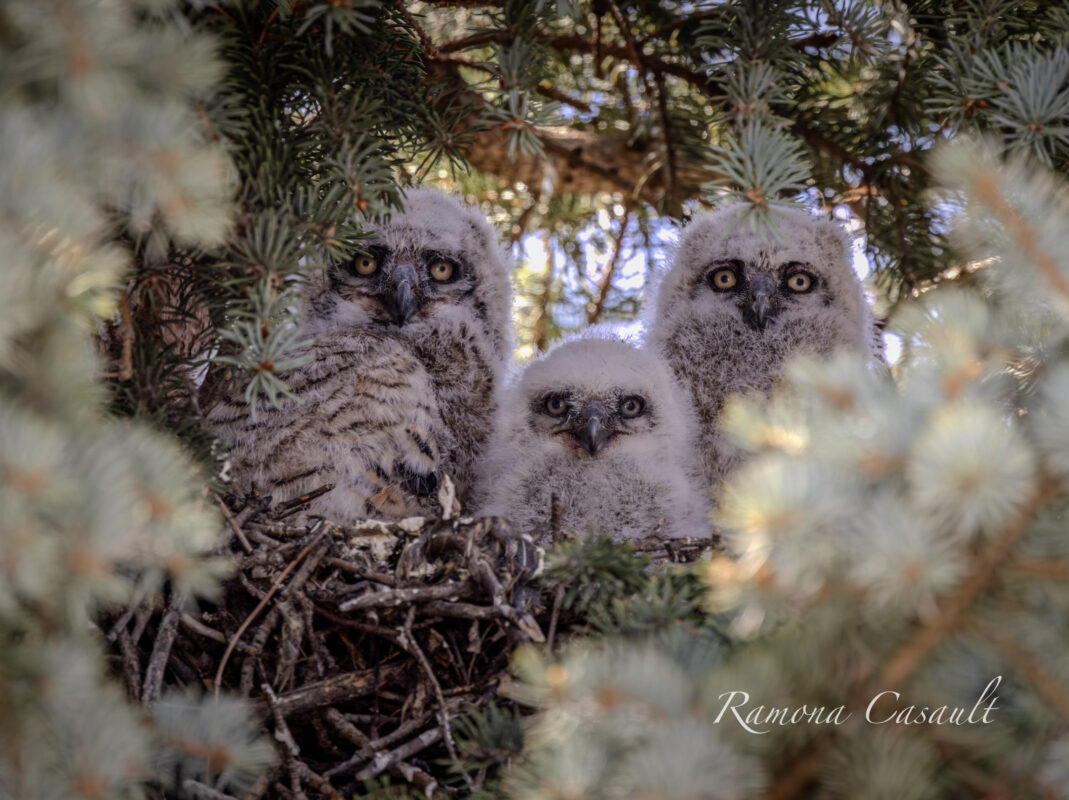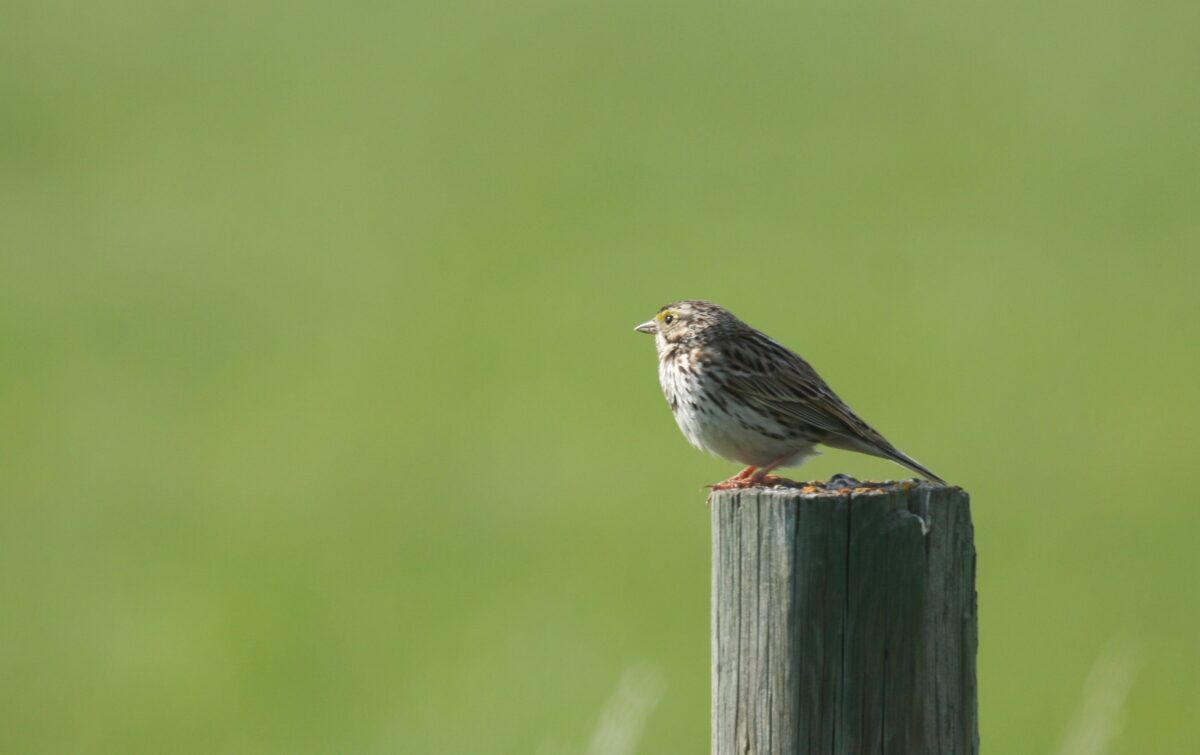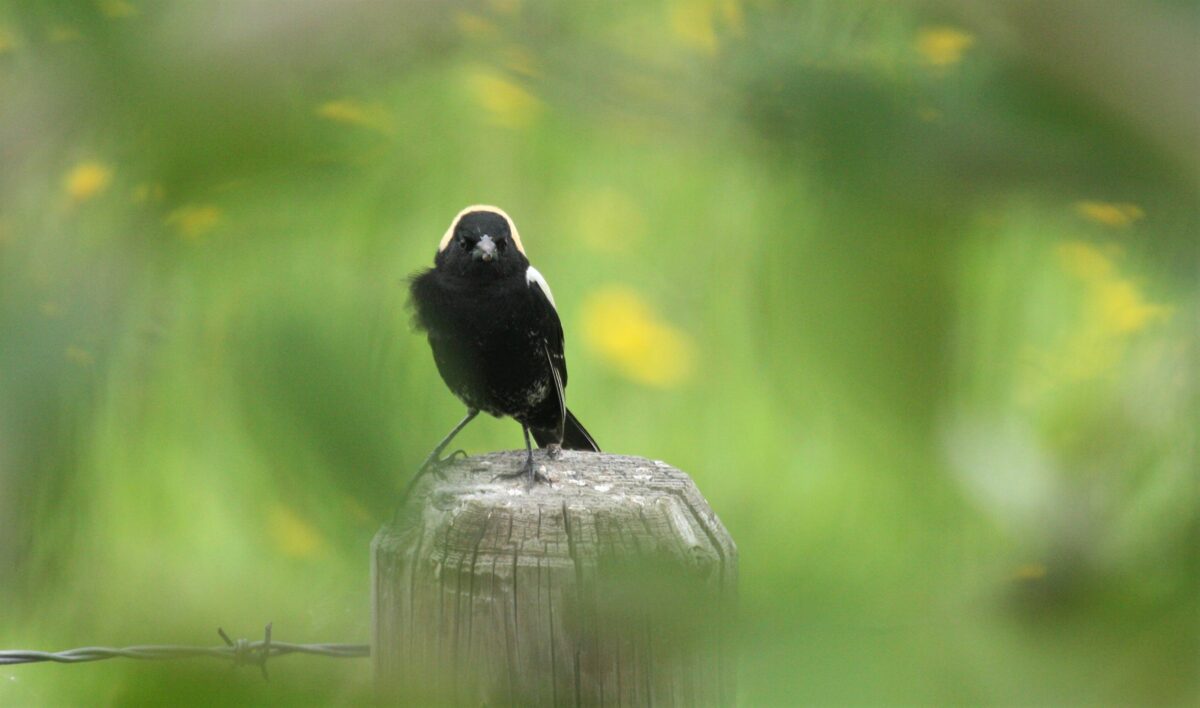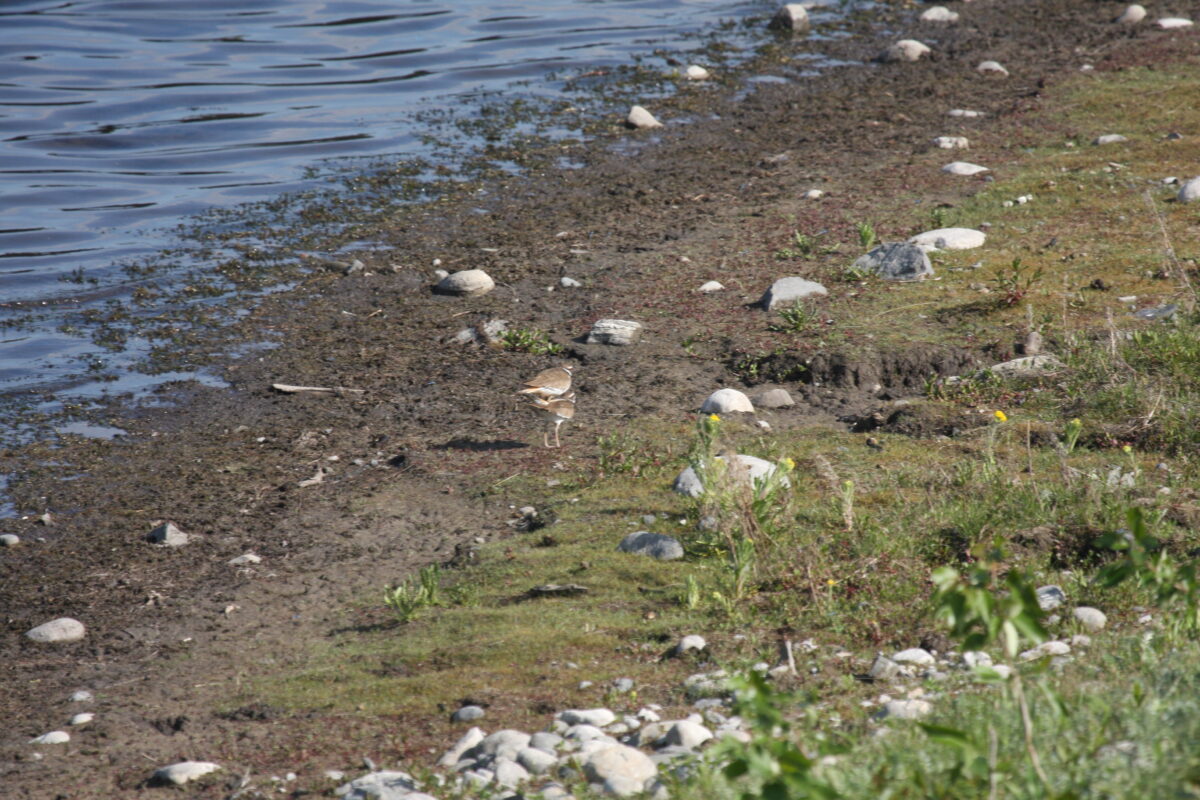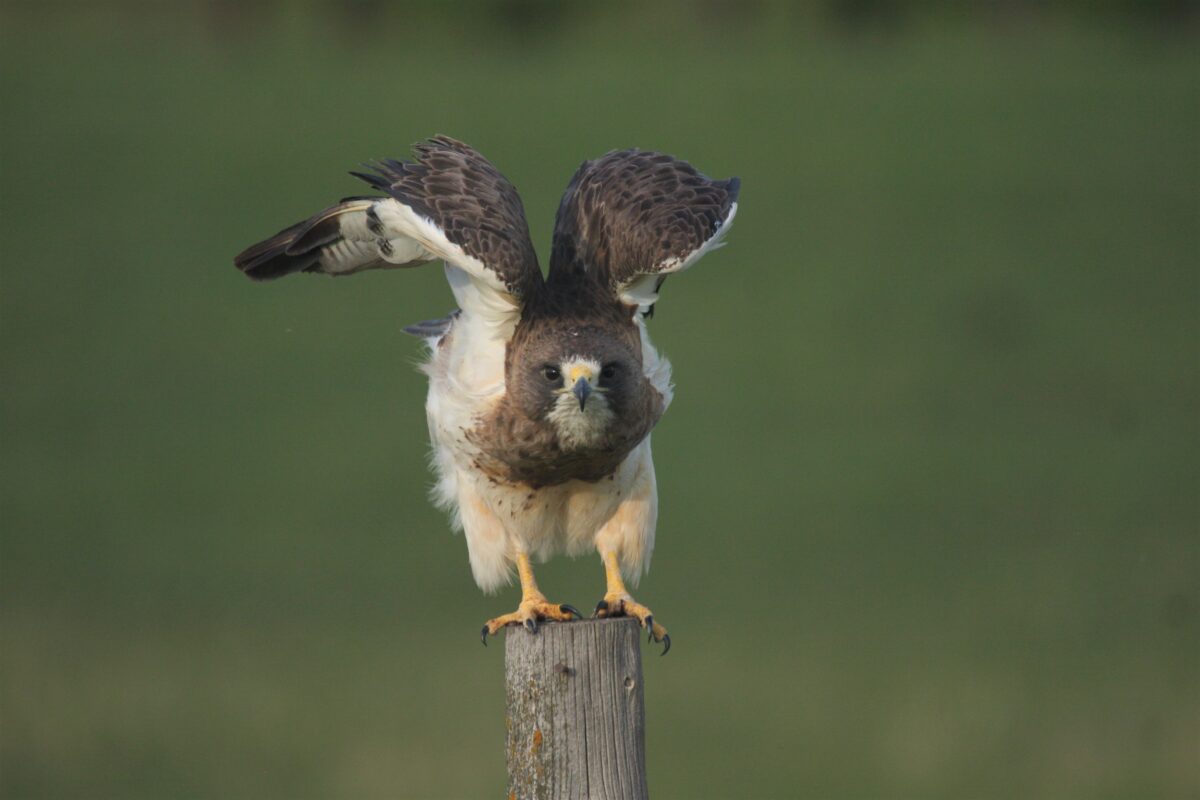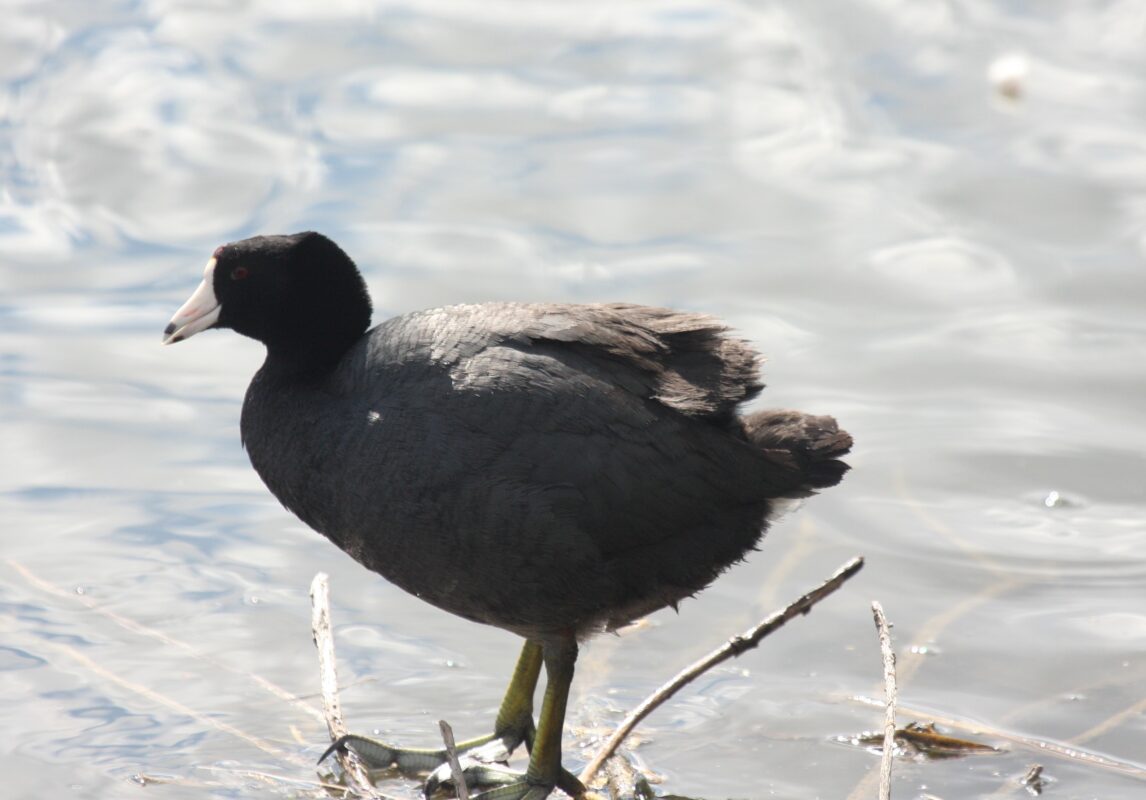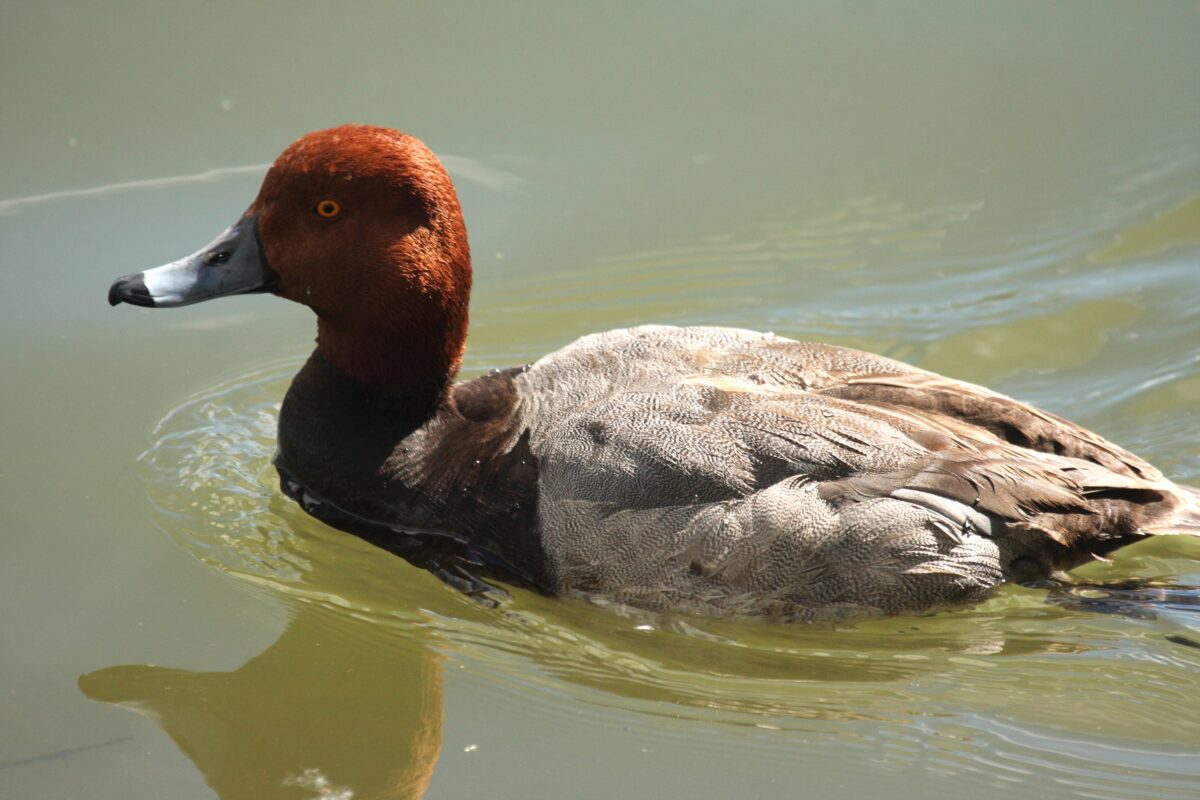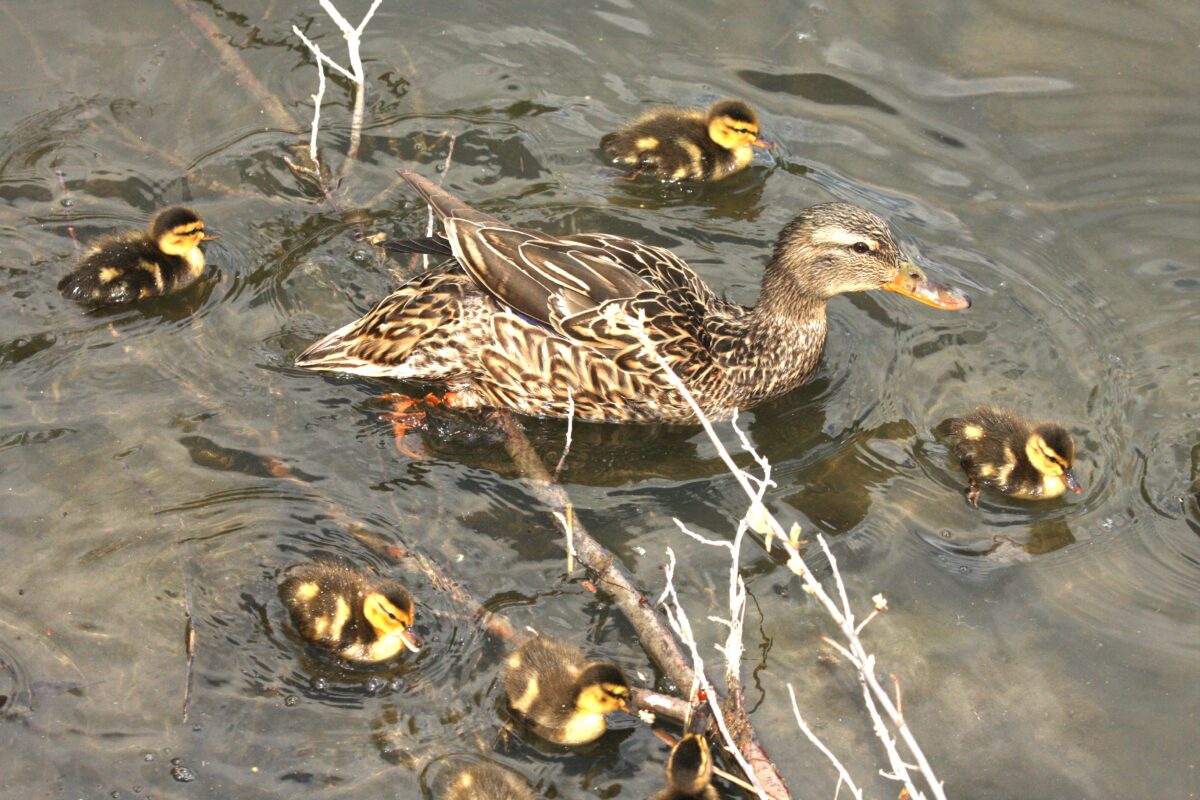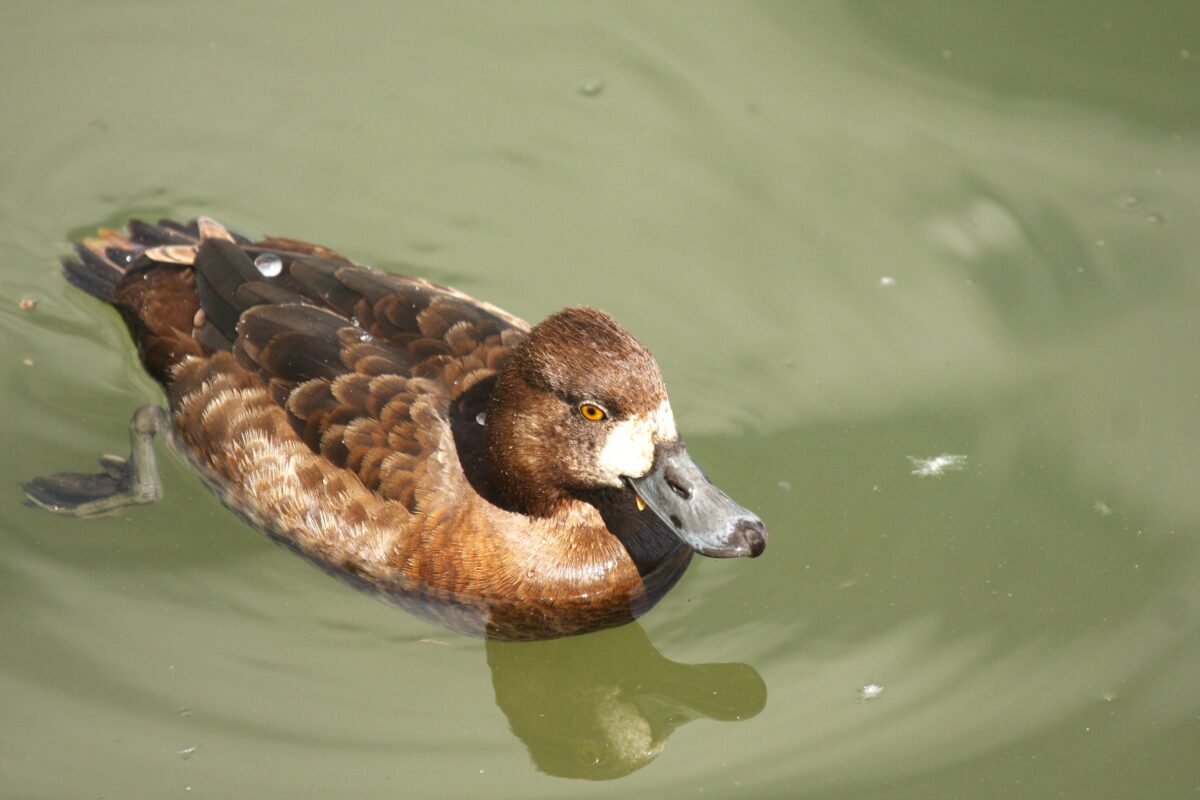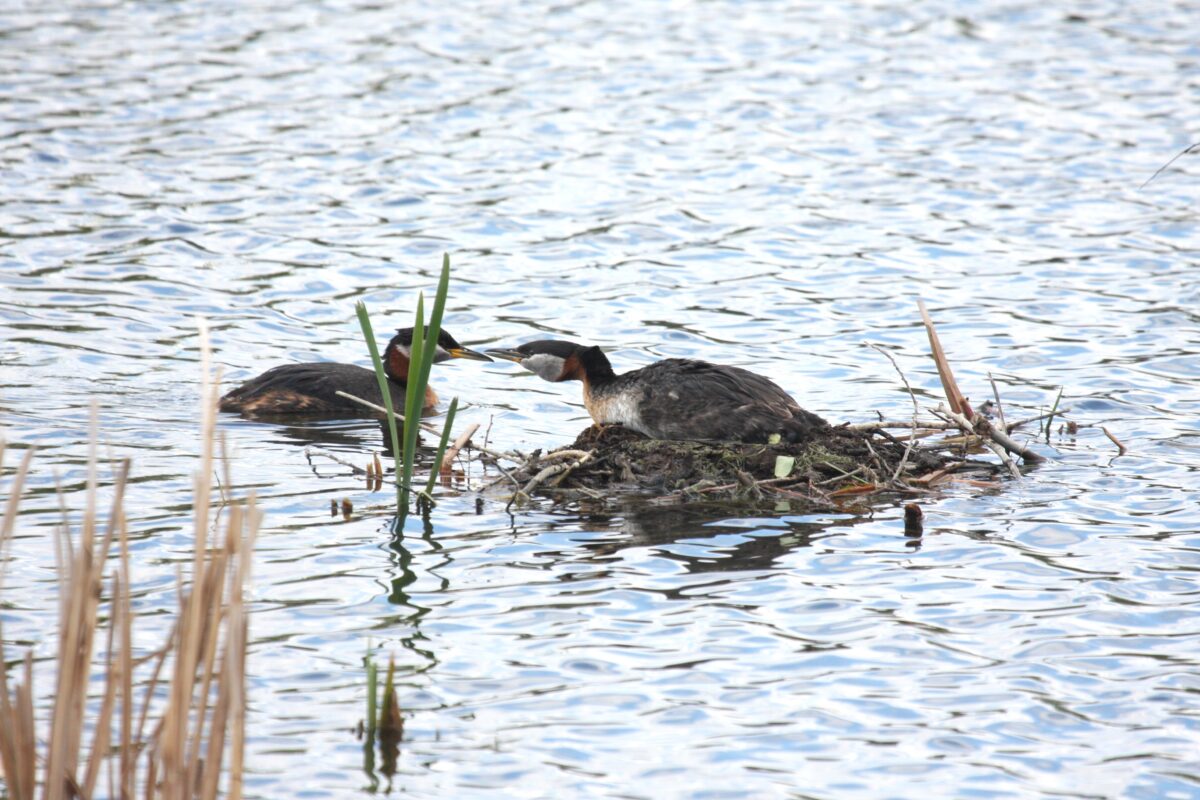Please register to take part in the field or at home
The Calgary CBC will be on Sunday December 15. We need birders to take part out in the field counting birds, as well as Feeder Watchers counting in their yards. All participants, whether new or returning birders, must register so we have up-to-date contact information, and, for Feeder Watchers, correct addresses.
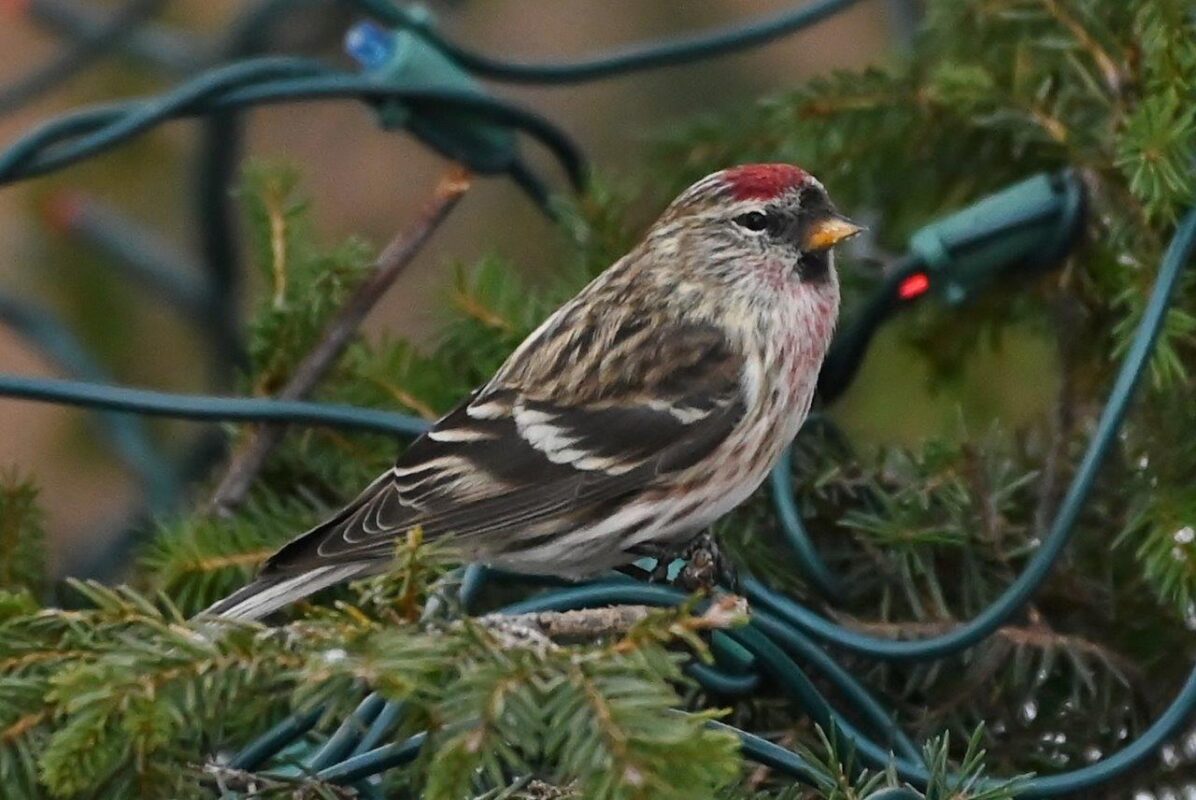
Here is everything you need to know about the Christmas Bird Count, from organizer Matt Wallace:
I am inviting you to take part in the upcoming 2024 Calgary Christmas Bird Count (CBC) happening on December 15!
As you likely know, the CBC is the longest-running citizen science project which began in the year 1900 as a way to encourage people to appreciate birds while helping to conserve them through data collection. The Calgary event began in 1952 and is one of the largest CBC events in Western Canada with nearly 400 people participating annually.
Consider this event to be the annual census of our winter birds in Calgary! It requires lots of people and effort to conduct this event, so we are always looking for birders of all experiences and abilities to take part. We really aim to use this event as a way to build up our community of nature enthusiasts and would love for you to share the event information with your friends, family, colleagues, and community.
Skip the details below if you’re ready to sign up and hit the registration form here: https://forms.gle/cNMoCPZZ9FNNrq3Q8
There are a few ways to participate:
Field Teams:
- We have 38 circle sections and assign people to survey designated sections. All birds are identified and counted, and it usually runs the entire day depending on our participant’s availability. Bird submissions are made via eBird and shared with our CBC Compiler account. We also accept field templates from people who prefer to use them.We have section leaders who work with their groups to determine meeting locations, targeted areas, summarize effort data, and submit it back to our compilation team. We are looking for both field participants and field leaders (both returning and new).
Feeder Watchers (FWs):
- People (individuals and families) observe birds visiting their yards and feeders for a minimum of 30 minutes on count day. FWs submit their data using a pre-formatted template which we provide. FWs are very important for our count as they help to fill in the data gaps where our field teams can’t access due to time or privacy. FWs must reside within the count circle, but we will confirm your address to ensure you are eligible to participate.
Data Entry/ Analysis:
- Anyone interested in helping us to compile data is welcome! I often receive hundreds of emails with data templates, photos, and stories of the CBC. I manage but would love to have an assistant to help with this!
- We continue to expand on our ways of showcasing the hard work of our volunteers. We have approximately 20 years of data (30 binders or so) which includes the detailed “section data” for the Calgary count. Yes, we submit all of the cumulative count “Circle” data to Audubon each year, but the section data is of interest to us on a local scale for showing how changes in our landscape and may influence bird populations.We would like to get all of this data entered prior to the 2024 count so that we can provide some additional infographics and analysis at the results presentation in January 2025.
- In addition to the data entry, we would love anyone with skills in GIS and data visualization to join our compilation team in producing the final report (for media and the community).
So, all that’s left to do is register so I have your contact information, and we will be in touch soon! We look forward to you joining our CBC and thank you! Please feel free to contact me directly if you have any questions citynatureyyc@gmail.com.
Register Here: https://forms.gle/cNMoCPZZ9FNNrq3Q8
Naturally, Matt
